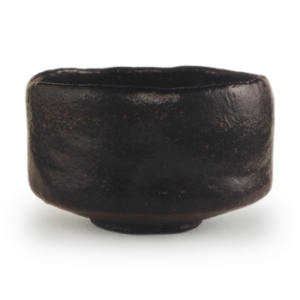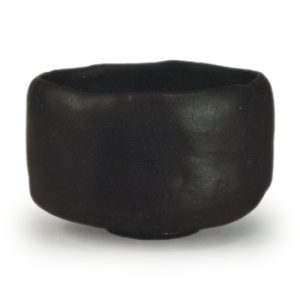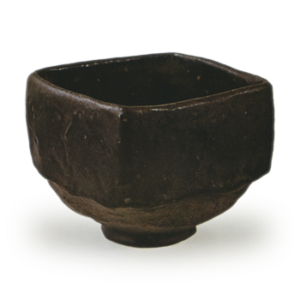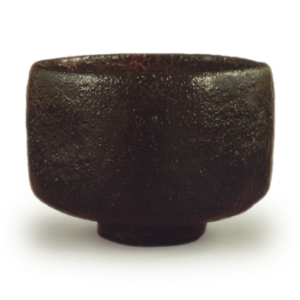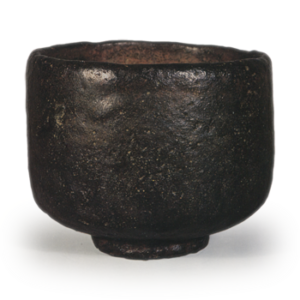Parian porcelain is an extremely translucent feldspar soft ware, derived from the island of Paros, which produced marble, the material used for carving in ancient Greece and Rome. There are two types of porcelain: bas-reliefs with cloudy surfaces, buttons, and ceramic teeth, and statuettes and tableware with shiny surfaces. The latter type is called self-glazed porcelain, in which feldspar has melted to the surface and become glazed. Some of the older Pālian base materials were made of feldspar, kaolin, and glass. Today’s Pālian porcelains are made from a mixture of at least 90% feldspar and 3-5% kaolin, or at least 75% feldspar with various types of frit or fluxes. Fired in 10 to 15 hours, certain types of tableware and statuary are glazed with lead borosilicate. The kiln temperature is constantly monitored, and when the desired surface is reached, the kiln temperature is suddenly lowered to 500-600 degrees Celsius, and then the piece is slowly cooled, or it is removed and transferred to a lower temperature kiln before being cooled. (Ceramics for Crafts)
